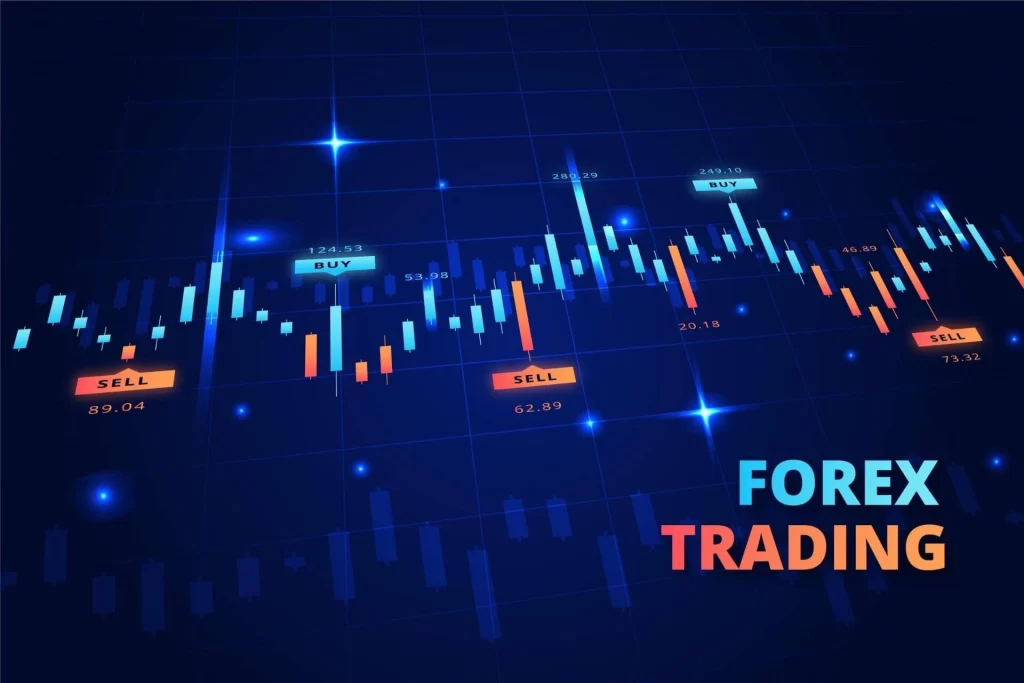Buying and selling currencies is a part of the foreign exchange market. This market is an over-the-counter or decentralized global market, where currencies are exchanged at current prices.
Spread
Traders should be aware of the spread of Forex, as it can make the difference between winning and losing. The spread can vary widely from broker to broker, and depending on the size of the trade.
When trading Forex, you will want to know the MT4 spread of the pair you are trading. This will tell you how much it costs to trade the given pair.
A spread is a measure of the difference between the ask and bid prices. Usually the bid price is lower than the ask price. During times of high volatility, the spread may be higher.
A spread is also the difference between the bid and ask prices on an index. The same spread principle applies to stock trading.
Generally speaking, the spread of Forex is a measure of the difference between the bid and ask prices. However, there are several other factors that determine the actual cost of trading the instrument.
Leverage
Using leverage in the forex market is one way of increasing the amount of profit you can make. It is a way of using borrowed funds to boost your capital and enable you to enter larger trades. Leverage is also used by brokers to enable them to trade larger volumes of currency.
Leverage is often described as a line of credit, meaning you can borrow money to trade forex. Leverage is usually provided by your broker. It can be as high as 400 times your total capital. However, it is important to note that you can lose all of your trading capital if the market goes against you.
Leverage allows you to increase your profits by entering larger trades and allowing you to control the size of your trades. Leverage is also a way of reducing your capital requirements, but it is important to use it sensibly.
Volatility
Traders should be mindful of the risks associated with market volatility. They should learn to control leverage and keep an eye on the economic calendar. They should also be prepared for the volatility of certain currencies.
Volatility in the Forex market is caused by many factors. A major factor is the liquidity of the market. The higher the liquidity, the less volatile the market. However, the market becomes more volatile when there is a decrease in liquidity.
Trade wars and uprisings are two factors that cause market volatility. These conflicts are known to affect traders, investors, and currencies. This uncertainty creates bad sentiment for traders.
Market volatility also results from riots and civil unrest. If riots are in the news, traders may choose to remain on the sidelines. However, some traders choose to take advantage of price movements in relation to important events.
Gapping
Traders can get a good idea about the market’s sentiment by observing price gaps. They occur whenever the market price opens at a higher or lower value than the previous day’s closing price. These gaps can be profitable. However, they can also be very risky. Therefore, traders must be careful about deciding whether to trade gaps or not.
Gaps happen in any market, including the Forex market. They are usually caused by major changes in the market’s fundamentals. These changes can include political or economic events. In addition, gaps can occur after important global news events or when a company makes an announcement.
There are four main types of gaps. These are exhaustion gaps, common gaps, breakaway gaps, and full gaps. Each type has its own implications, though they all give traders a general idea of how the market is feeling.
Trading strategies
Depending on your financial situation and your goals, the right trading strategy can make the difference between winning and losing. The best trading strategy is the one that suits your goals and risk profile.
When choosing a forex trading strategy, you need to understand the different types of strategies and how they work. Some are simple, while others are complex. You need to understand the logic behind each strategy. You can also test your strategy on a demo account to see if it works in the real market.
In general, graphical strategies require a good knowledge of price movements and trends. You need to understand what a strong level is, and how it will affect your trade. You can also use price action to refine your signals.
Some strategies use special indicators, while others rely on repeating chart elements. This allows for systematic trading, which reduces stress levels.


